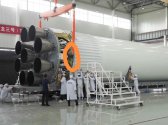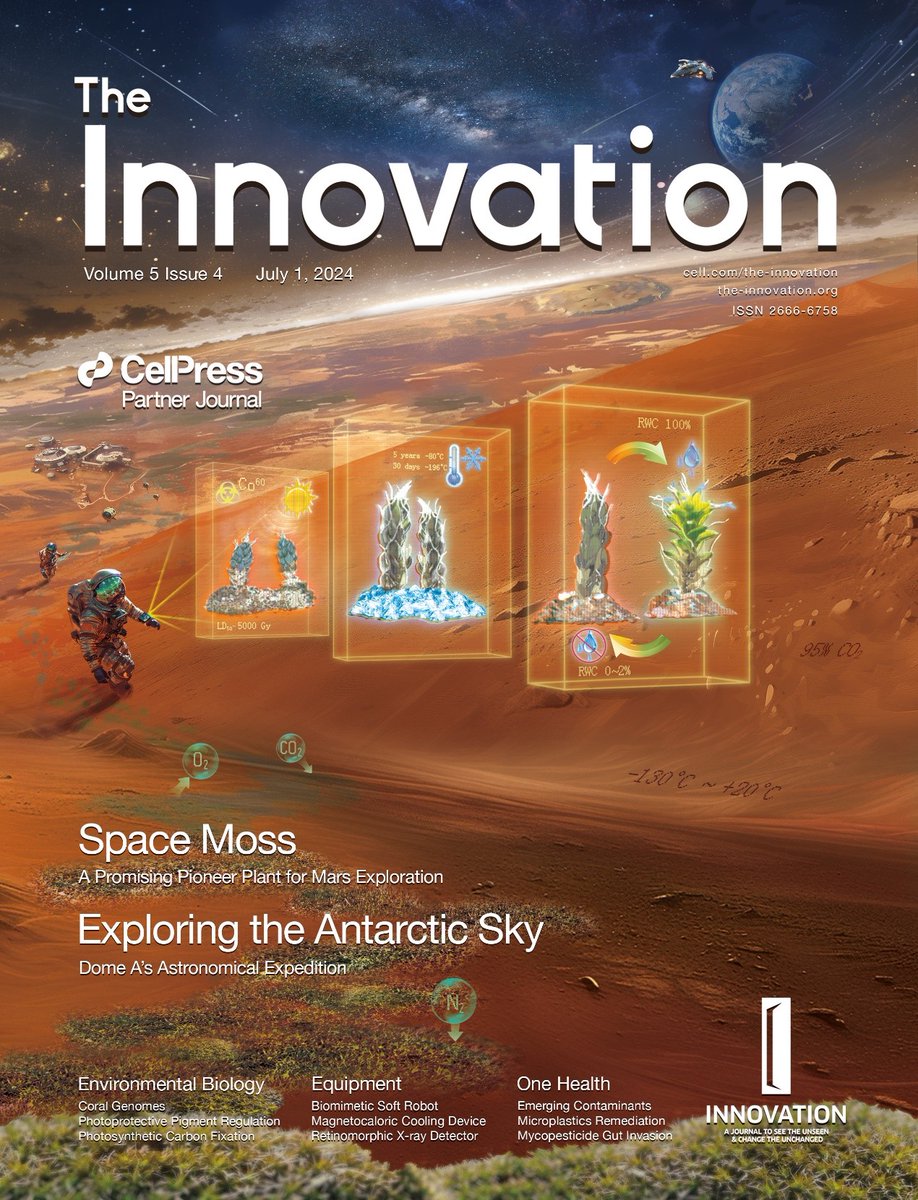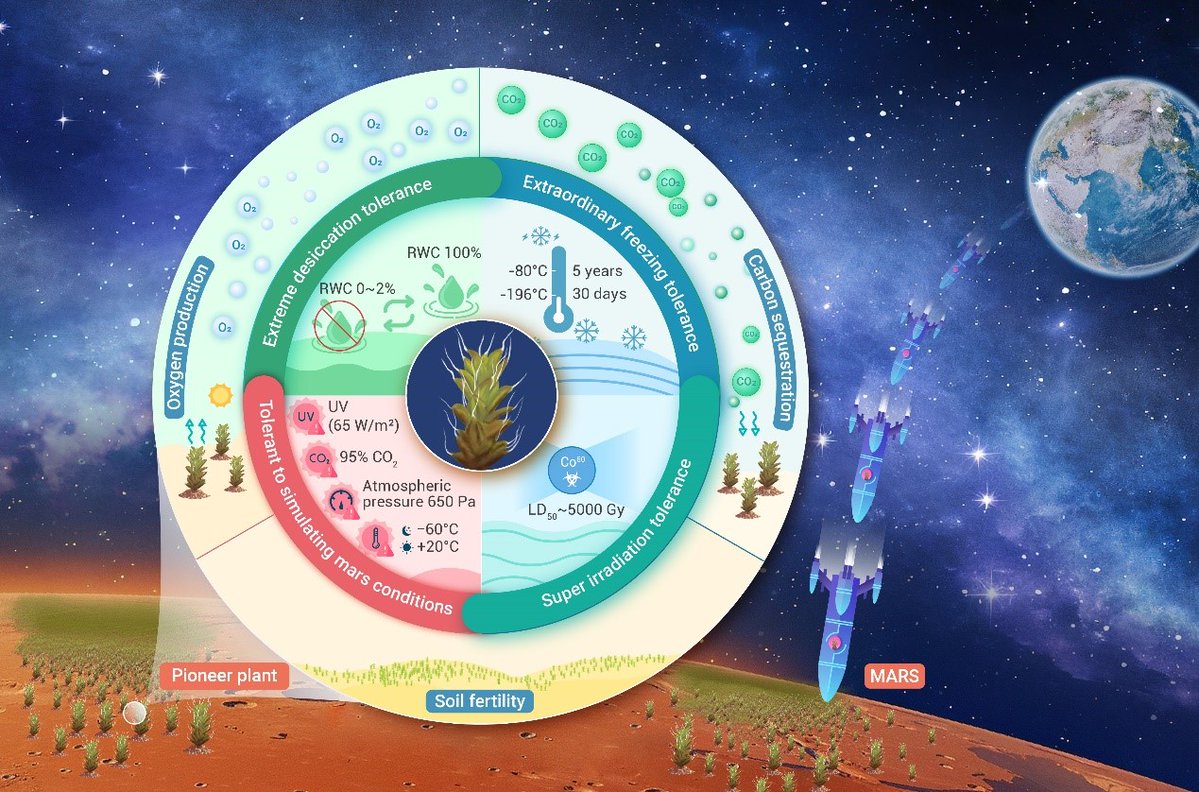Some new information about this:
from weibo:
Translate:
Based on open source images and related videos, the incident of the Tianlong 3 rocket can be roughly clarified:
After the engine shuts down, we can observe that the engine emits a large amount of hydrocarbon mixture generated by incompletely burned kerosene, which manifests as the black smoke everyone can see. A normally functioning liquid oxygen and kerosene engine would not exhibit such behavior. Therefore, we speculate that the fixation between the restraint release point on the test stand and the first-stage engine frame is not secure. The thrust generated after the rocket ignition exceeds the stress and strength limits at the connection between the restraint release point and the restraint connection mechanism of the arrow tail section. This ultimately leads to the rupture of the connection between the restraint release point and the first-stage engine frame. When the rocket takes off, the restraint release bolt remains fixed on the test stand, damaging the lower frame of the engine compartment and causing structural failure. Multiple explosion-proof partitions and the outer skin of the engine compartment are torn off, some engine nozzles fall off, and a large number of engine pipes begin to break during the ascent. Liquid oxygen and kerosene leak out, causing a fire in the engine compartment, resulting in irreparable catastrophic damage. Some engines fail at takeoff, while others shut down after a period of flight when the HMS (Engine Health Diagnostic System) detects a fault, causing the powerless first-stage rocket to crash into the mountain with black smoke trailing from its tail.
Actually, comparing with other similarly designed rockets like Falcon 9, it is not difficult to see that Falcon 9's traction device is connected to the engine frame, so the entire first stage is used as the load-bearing structure for restraint.
However, Tianlong 3 has an independent engine compartment (tail section). Because the engine frame connected to the arrow body is not connected to the restraint mechanism, and the connection strength of the independent engine compartment is insufficient, it tears apart due to the strong stress of the restraint release device during takeoff. Overall, the issue with the test stand restraint release is minor; the real problem lies in the design of the rocket's first stage.
During the flight, the rocket body ascends in a spinning state. Comprehensive analysis suggests that there may be a leakage in the engine or other parts, but this debuff ironically saves Tianlong 3 and Tianbing, ultimately maintaining their attitude without flying sideways.
From the design of the rocket body and test stand to the final approval of the test plan, multiple departments should have collaborated and repeatedly reviewed the strength of structural components and the rationality of the design. However, it is absurd that no one could identify such a basic yet fatal mistake during this process, which is truly embarrassing.
Video:
Imgae:
View attachment 131898










